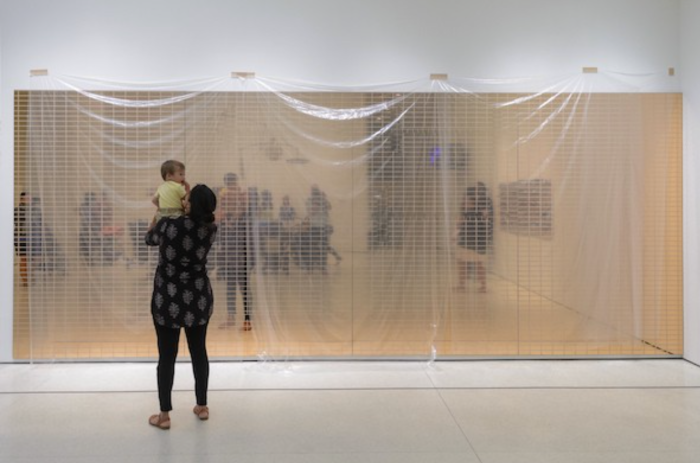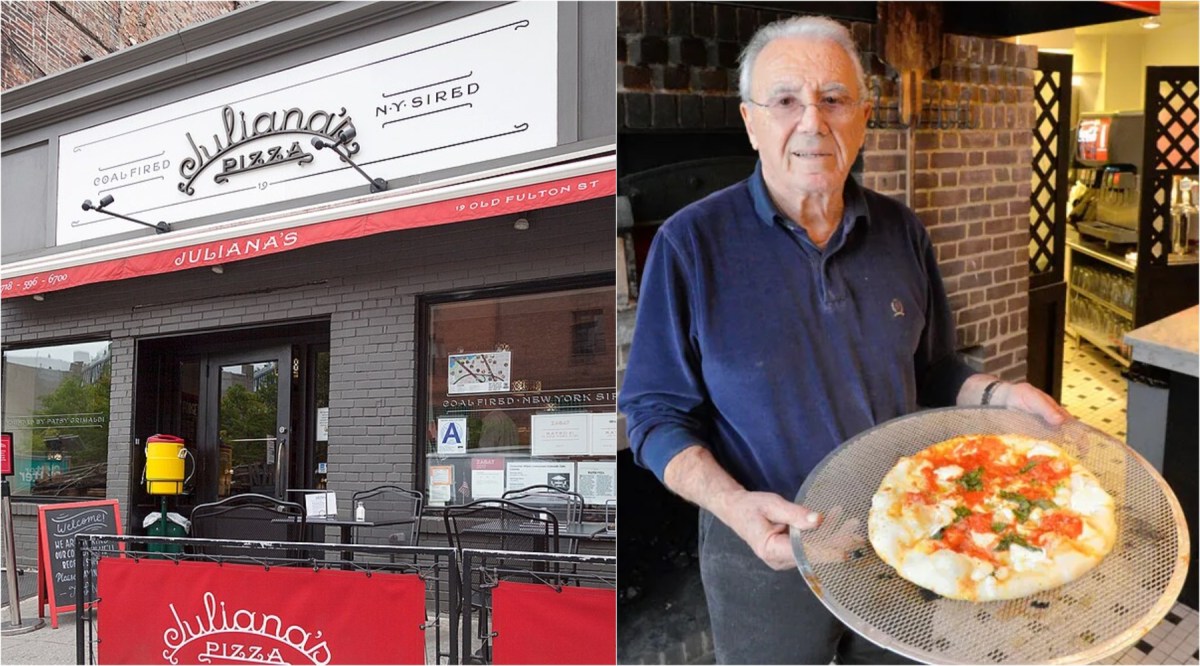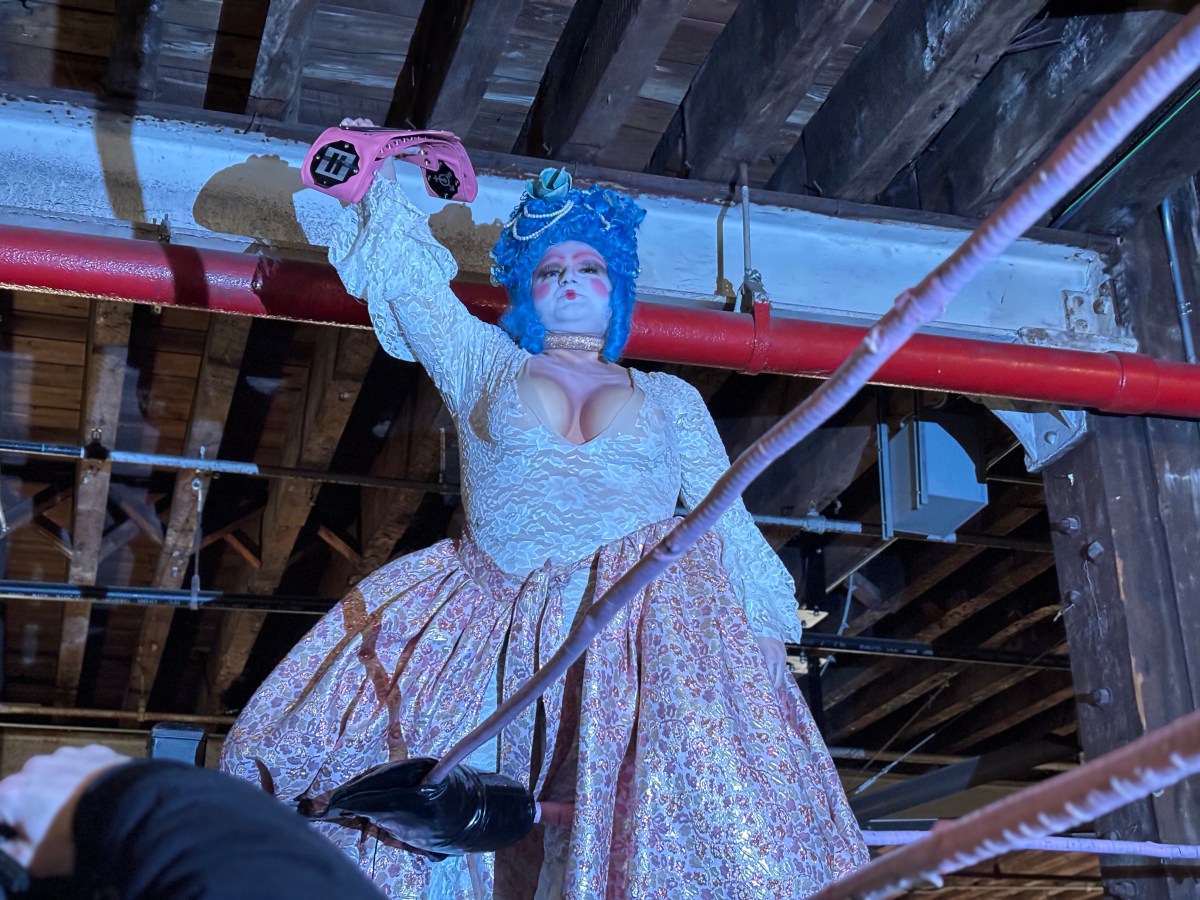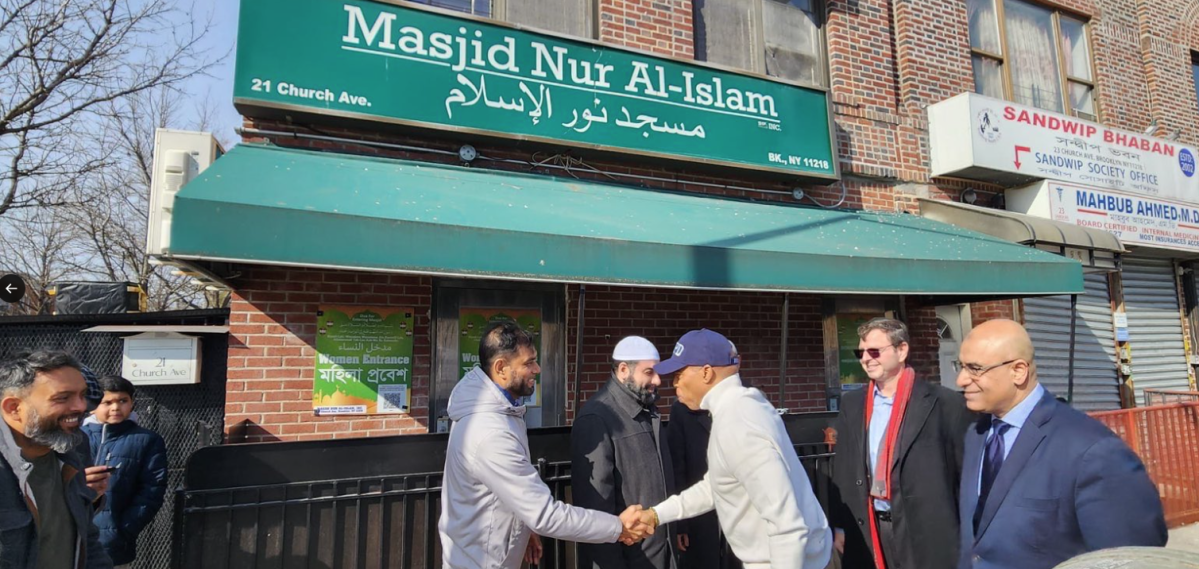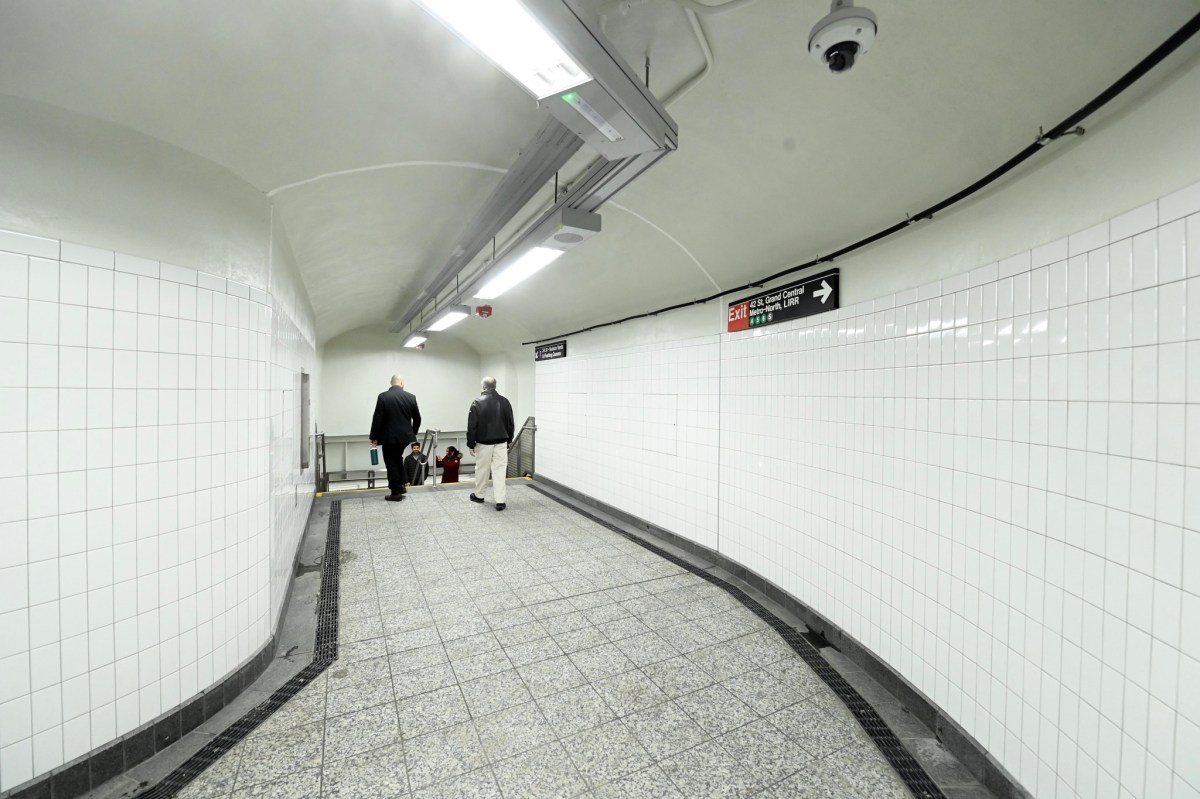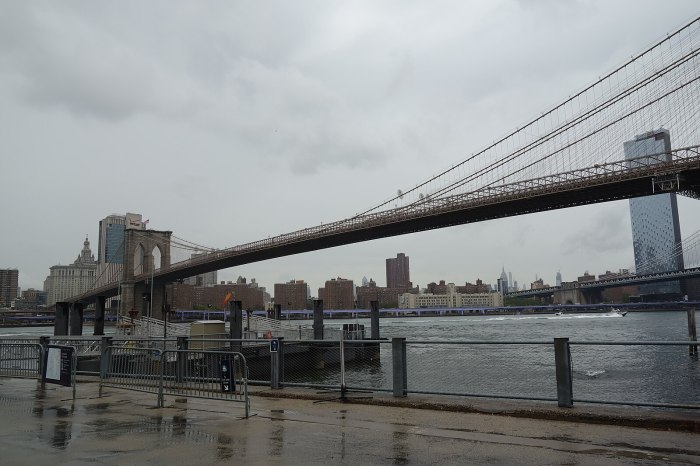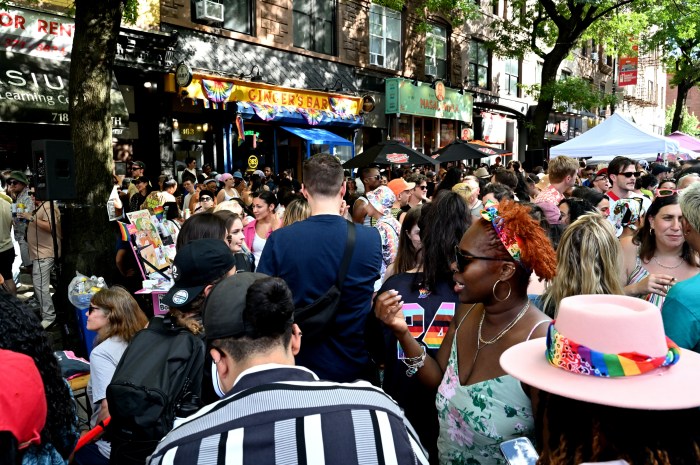
This “stepchild” is in dire need of the MTA’s attention.
Brooklyn Borough President Eric Adams is calling for the MTA to pump more dollars into improving its dour East New York Long Island Rail Road station. Dirty and dimly lit, Adams believes the station is being largely ignored because of the neighborhood where it’s located.
“The East New York station, which is probably the embarrassment of the MTA system, is still an area where predominantly communities of color live and it reflects on the treatment they’re receiving in New York City,” said Adams, who rallied for improvements at the station Tuesday. “East New York has been the stepchild of the MTA. I believe the perception is that it’s been the economically challenged community and high-crime community for many years. And many people just ignore the good people of the community.”
The station serves about 1,358 riders on an average weekday, according to the most recent MTA figures, in a neighborhood the city recently rezoned to add thousands of housing units. Adams and others believe station improvements are needed to accommodate a growing neighborhood as well as the MTA’s “freedom ticket” pilot, which will provide discounted LIRR tickets to certain commuters traveling within the city’s limits.
“Riders and the communities the LIRR serves are entitled to have stations that are clean, safe and comfortable,” said Mark Epstein, chairman of the LIRR Commuter Council. “The East New York station does not meet even minimum standards in these areas, and corrective actions are long overdue.”
The MTA declined to comment.
Located under a roadway viaduct for Atlantic Avenue near the corner of Williams Place, the station is inherently uninviting. But commuters said the MTA could do more to alleviate a station that is an assault on the senses.
“It totally smells like a toilet and that’s terrible,” said Denny Thomas, a Bedford-Stuyvesant resident who works in television and who was taking the LIRR for the first time.
The LIRR recently completed some work on the East New York station including installation of architectural wall panels on the pedestrian underpass, LED lighting and new fiberglass stair covers, according to the agency. Riders didn’t seem to notice.
“At night, it gets so dark I can barely see,” said Joe Cruz, a construction worker from Brownsville who uses the station to commute to work.
Charlene Washington, a seamstress from East New York, suggested the MTA could keep permanent staff at the station as a deterrent to those who abuse it. She added that, in fear for her safety, she’ll alter her commute at night to avoid the station’s squalid corridor under Atlantic Avenue.
“Sometimes I’ll take the L train just so I don’t have to walk under there,” Washington said.
Adams, offended by the station’s caged-in ticket booths, lamented that the similarly decrepit Nostrand Avenue LIRR station only received repairs after the area gentrified.
“Capital dollars should be utilized based on need and not based on ethnicity or gentrification,” Adams said. “There’s a pattern of how well stations are taken care of based on where they’re located in the city. We need to break that way of that.”







